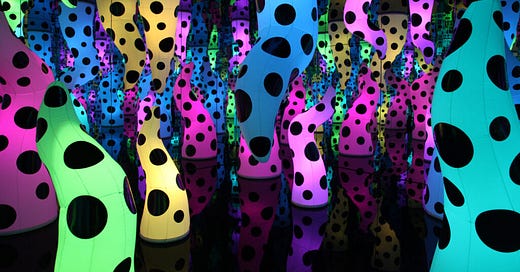Welcome to the Ephemera Newsletter free edition, Chingu! (Korean for “friends”)
Thank you to all who submitted to poetry in March for our May issues and especially to our finalist, Robert McBrearty who will be the…
Keep reading with a 7-day free trial
Subscribe to Ephemera to keep reading this post and get 7 days of free access to the full post archives.


